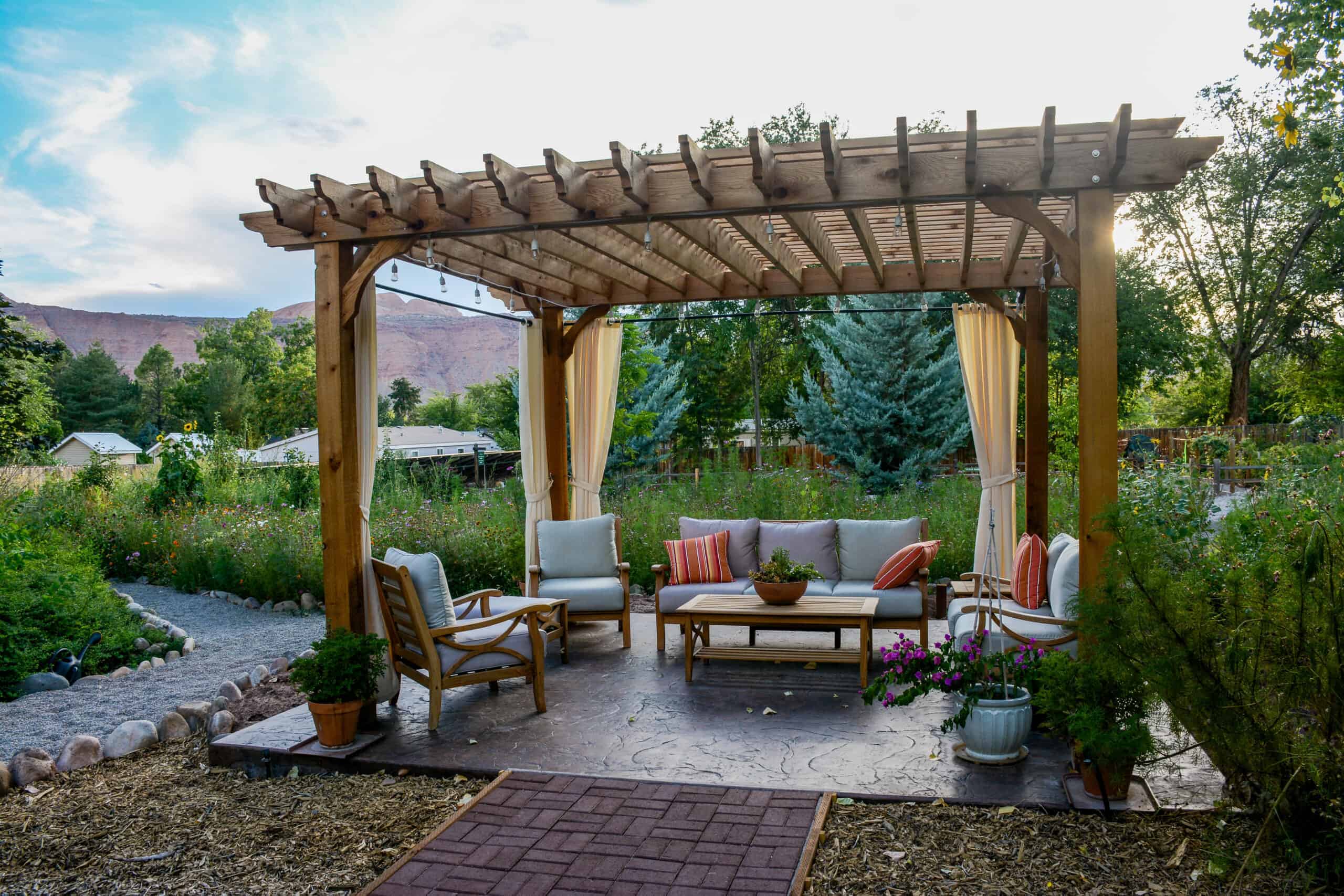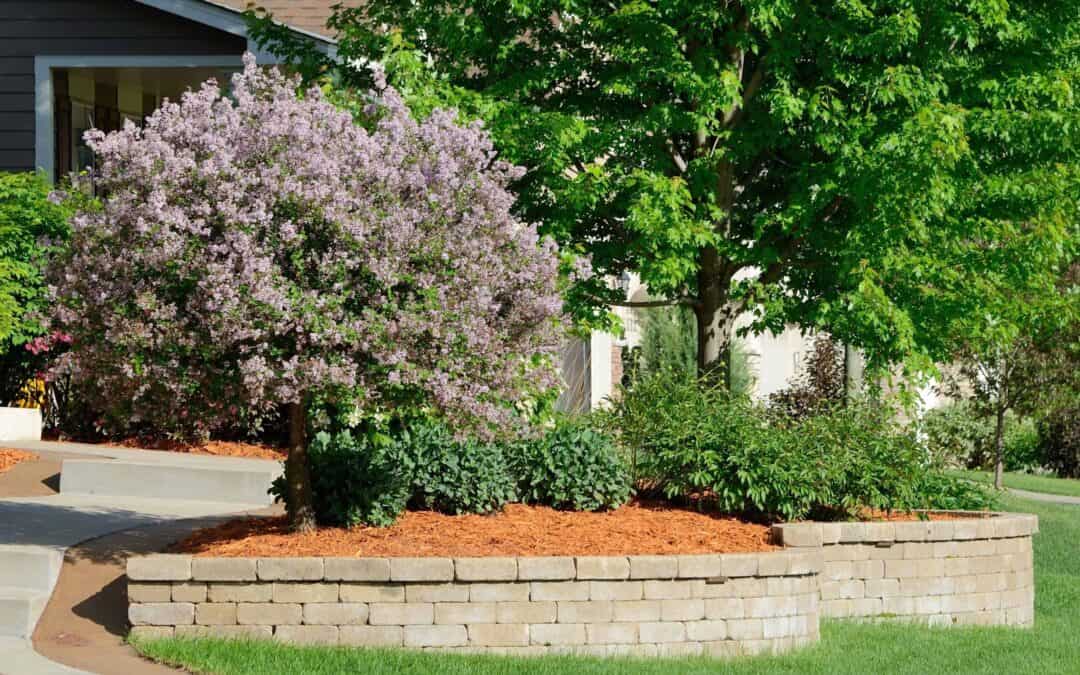You get a home and lawn inspection yearly, hoping for good news when the experts want a huddle. But sometimes, they don't have positive feedback to share. When grass and vegetation require extra watering for year-round maintenance, it's time to consider drought-tolerant landscape design.
This blog will review the best landscaping ideas for lawns with little precipitation. The tips can help you keep a beautiful lot without 100% irrigation, costly repairs, or a high-tech controller. Let's learn more about xeriscaping and look at the options.

What Are Droight-Tolerant Plants?
Xeriscaping principles can help reduce water consumption and decrease lawn care needs. This eco-friendly gardening approach uses efficient techniques to create durable and appealing outdoor living spaces. It is a desirable landscaping method for Austin homeowners because of its arid climate and unpredictable weather. Drought-ready landscaping applies to various lawns regardless of the ecosystem. Different techniques can help promote sustainable property management and reduce maintenance costs. We'll check out more advantages in the next section.Types of Plants for Xeriscaping
Plan your landscaping with robust plant species that improve curb appeal without requiring extra work. Here are some ideas for inspiration:- Native Texas Vegetation – Texas Bluebonnet, Indian Blanket, Prairie Verbena, Agarita
- Succulents and Cacti – Agave, Prickly Pear, Desert Spoon, Saguaro
- Herbs and Ornamental Grass – Lavender, Mexican Leather, Oregano, Russian Sage
- Bushes and Shrubs – Dwarf Coyote Brush, Smoke Tree, Manzanita, Desert Broom
- Perennial Plants – Red Hot Poker, Yarrow, Black-Eyed Susan, Blanket Flower
- Ground Covers – Hens and Chicks, Woolly Thyme, Blue Star Creeper, Ice Plant
 Check weather patterns, soil composition, and grass species before choosing drought-tolerant plants for your lawn. Then watch for signs of incompatibility and contact a professional landscaping team for help.
Check weather patterns, soil composition, and grass species before choosing drought-tolerant plants for your lawn. Then watch for signs of incompatibility and contact a professional landscaping team for help.
Water-Conserving Landscape Design Benefits
Xeriscaping with drought-friendly plants can provide benefits that go beyond water conservation. Let's explore the benefits next:#1. Reduced Landscaping Repairs
Decreased lawn maintenance costs are always music to a Texas homeowner's ears. Fortunately, drought-resistant vegetation is easier to care for than traditional landscaping. It requires less water and fewer pruning hours, freeing time for more important things like enjoying nature and spending quality time with loved ones.#2. Decreased Utility Bills
Lawns requiring less water, fertilizer, irrigation, and cleaning are more affordable and equally gorgeous. They help eliminate excess utility usage and support a healthy yard during dry seasons and water scarcity conditions. Some Texas homes use xeriscaping to follow restrictive community ordinances.#3. Diminished Workload
Drought-tolerant landscaping means fewer dollars spent on lawn treatments, irrigation, and building biodiversity. Many xeriscaping plants are less susceptible to high-stress environments. They can thrive while withstanding extended periods of low moisture availability and continue growing in flood zones.#4. Enhanced Biodiversity
Plants that don't need a lot of water are great for creating rich landscape designs. They help decrease pest activity while supporting surrounding vegetation growth. Meanwhile, drought-friendly landscaping can attract welcome critters like birds, butterflies, and helpful insects.#5. Lessened Environmental Impact
Your landscape inspection will uncover fewer problems when you use water-conserving plants. These options use fewer chemicals, minimize water usage, and contribute to a healthier environment. The advantages mean limited negative impacts on the ecosystem and more aesthetic appeal for your yard.Using a Xeriscaped Lawn to Ensure a Problem-Free Inspection
 You can have your landscaping cake and eat it too. Use drought-tolerant plants installed and maintained correctly. But don't wait for your yearly lawn inspection to discover issues. Enjoy a stress-free household with these five xeriscaping tips:
You can have your landscaping cake and eat it too. Use drought-tolerant plants installed and maintained correctly. But don't wait for your yearly lawn inspection to discover issues. Enjoy a stress-free household with these five xeriscaping tips:
- Research plants before putting them in your yard. Determine their maintenance requirements and ensure compatibility with existing vegetation.
- Plan your landscape design with a professional. Use expert opinions, advice, and experience to develop a lawn you can be proud of.
- Prepare the soil for planting. Conduct soil amendments when necessary or use compost and mulch to turn things around.
- Space plants appropriately. Allow significant vegetation to grow and small plants to thrive without overcrowding. Discuss spacing strategies with your landscaping team.
- Use irrigation drip systems. Deliver water directly to plant roots while reducing runoff and waste. Choose 100% irrigation and reduce your maintenance load.

